Samsung NX 85mm f1.4 review: fast prime on the Samsung NX1
Introduction
The 85mm f1.4 ED SSA (EXT85SB) is a portrait lens for the Samsung NX system. It uses nine rounded aperture blades that provide a smooth, natural Bokeh. This ultra-fast aperture lens uses a Supersonic Actuator (SSA) for silent and fast autofocusing. It also features full-time manual focus so you can instantly override the autofocus for fine adjustments. You’ll also find Samsung’s i-Function feature on this lens, which gives you one-touch access to all your camera’s manual settings.
The 85mm (equivalent to 130.9mm in 35mm format) focal length is one of the most used focal lengths for portraiture and with an incredibly fast f/1.4 maximum aperture, the lens gives you excellent control over depth-of-field. As this lens is so quick, it’s also very usable in low-light settings. The lens has nine rounded aperture blades that provide a smooth, natural quality to the out-of-focus regions of the image.
Distortion and vignetting and CA
No distortion visible with the 85mm f1.4, as you’d expect with a prime lens at this level. There is some slight vignetting at f/1.4 but clears up by f/4. As you can see in the image above, there is some clear purple fringing visible in contrast areas, so you’ll need to take care of that in Lightroom if you’re a RAW shooter. Jpegs are automatically corrected in-body as always.
Samsung NX 85mm f1.4 sharpness
As with all my lens tests, I use a 300-line test chart, a tripod and the camera timer function in order to eliminate shake. These results are mean as a guideline on how to optimally use the 85mm f/1.4 in real-life. This procedure involves no computer generated test results, and my eyes to evaluate the performance.
center performance
The image centre is relatively soft at f/1.4, not unusual with a fast lens link this, and it’s sufficiently sharp for portraiture. This sharpness increases gradually and reaches its height at f/8, where it is very, very sharp. Loss of sharpness due to diffraction only sets in beyond f/16.
- f/1,4 center
- f/2,8 center
- f/4 center
- f/5,6 center
- f/8 center
- f/11 center
- f/13 center
- f/16 center
- f/22 center
Corner performance
Similar to centre performance, the corners are somewhat soft at f/1.4, improving up to f/8, where they are also very sharp. Softness due to diffraction is visible beyond f/16.
- f/22 corner
- f/1,4 corner
- f/2,8 corner
- f/4 corner
- f/5,6 corner
- f/8 corner
- f/11 corner
- f/13 corner
- f/16 corner
Conclusion
I like the Samsung 85mm f1/4, it is capable of making stunning images and sets your creativity on fire. Although it looks somewhat soft at large apertures in the studio test, it never bothered me in real-life shooting. For portraiture, I prefer a prime that have a smooth, good transition between in-focus and out-of-focus areas, as opposed to a too sharp centre and a sudden drop in the background. Bokeh, the out-of-focus area, is also very smooth and looks beautiful.
At f/8, the Samsung 85mm f1.4 is stunningly sharp in both centre and corners, making it ideal for studio shooting too. If you’ve invested in the Samsung NX1 system, this is one of the 3 or 4 lenses I would purchase; you won’t regret it.

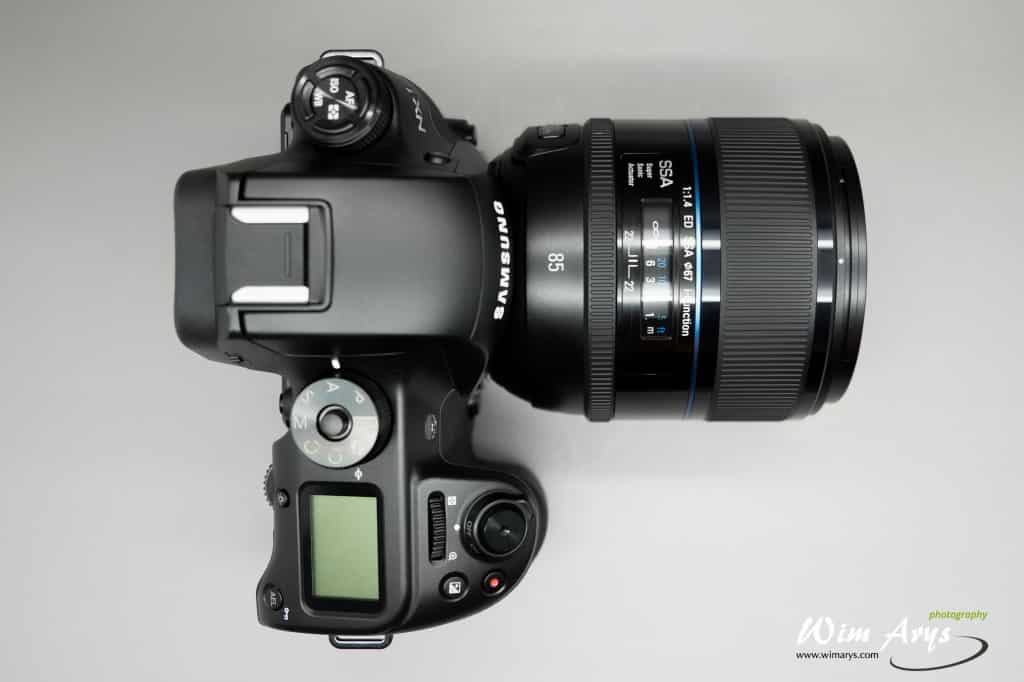
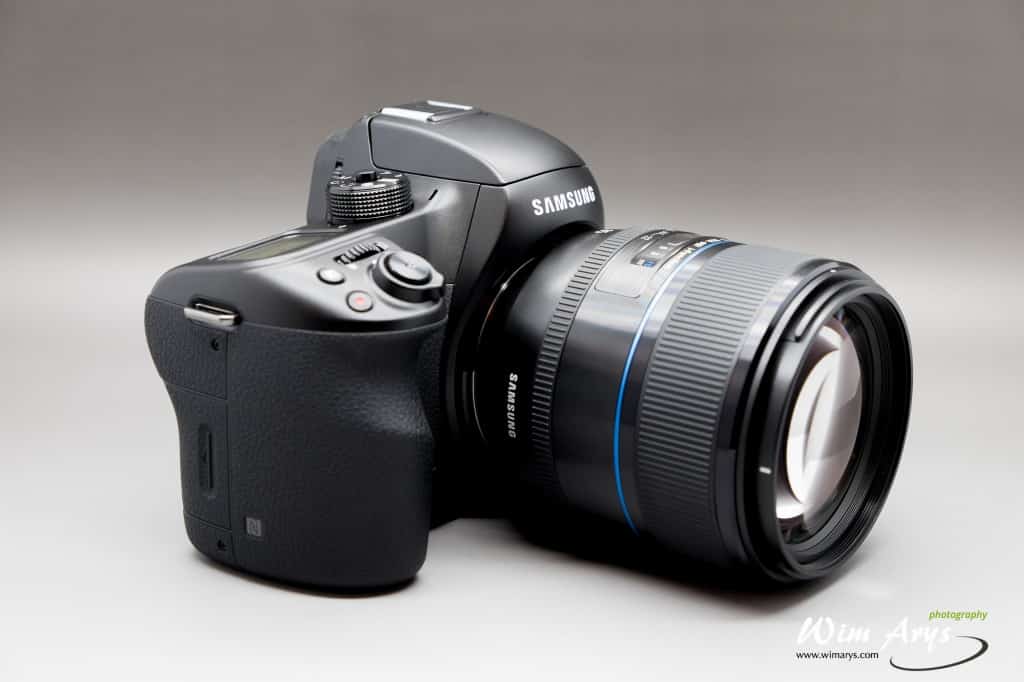
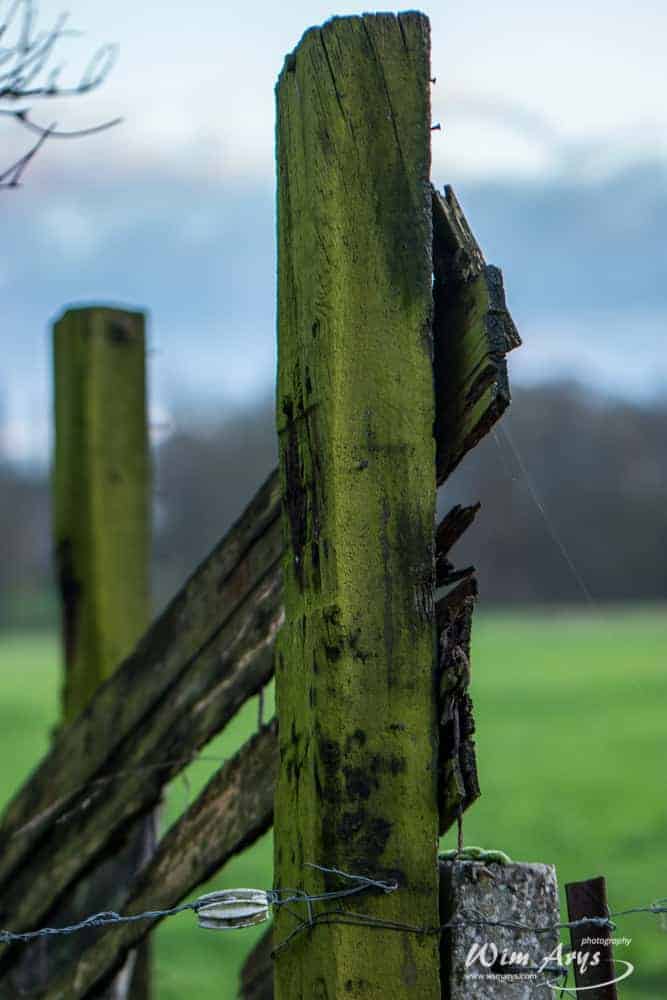
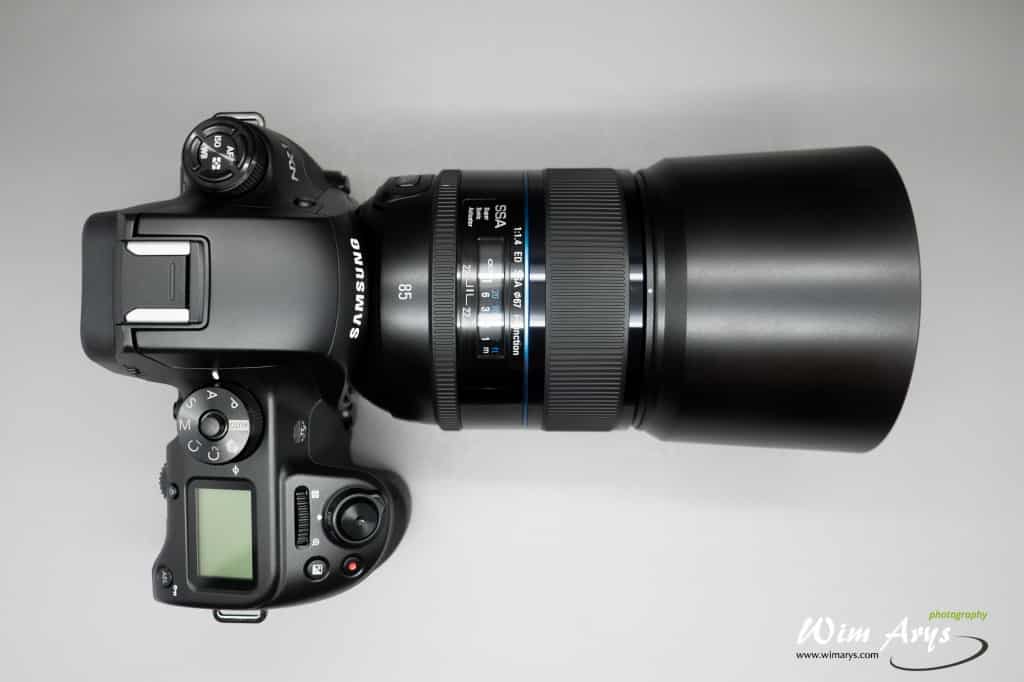
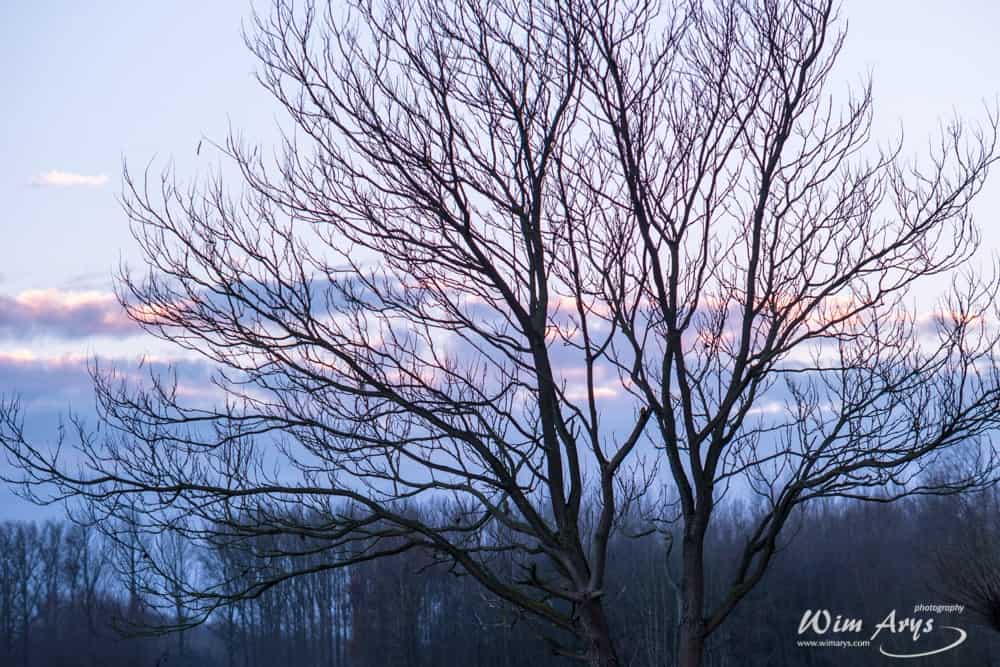
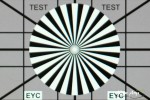
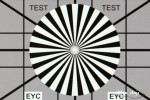
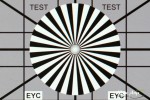
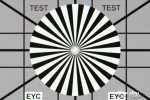
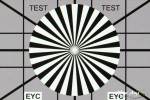
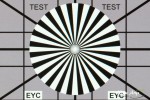
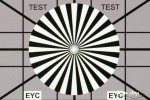
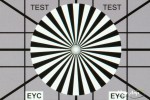
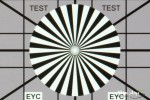
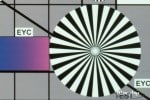
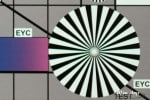
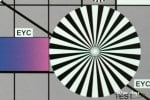
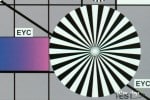
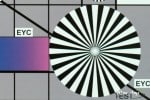
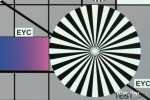
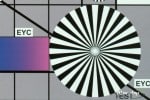
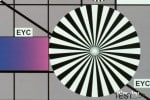
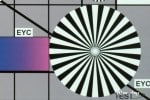
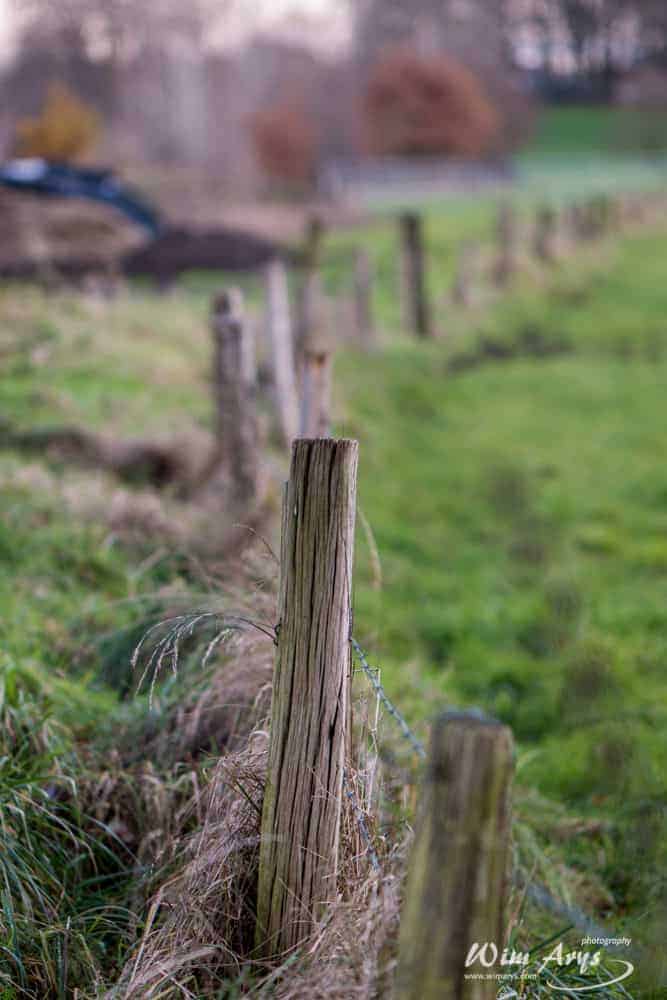
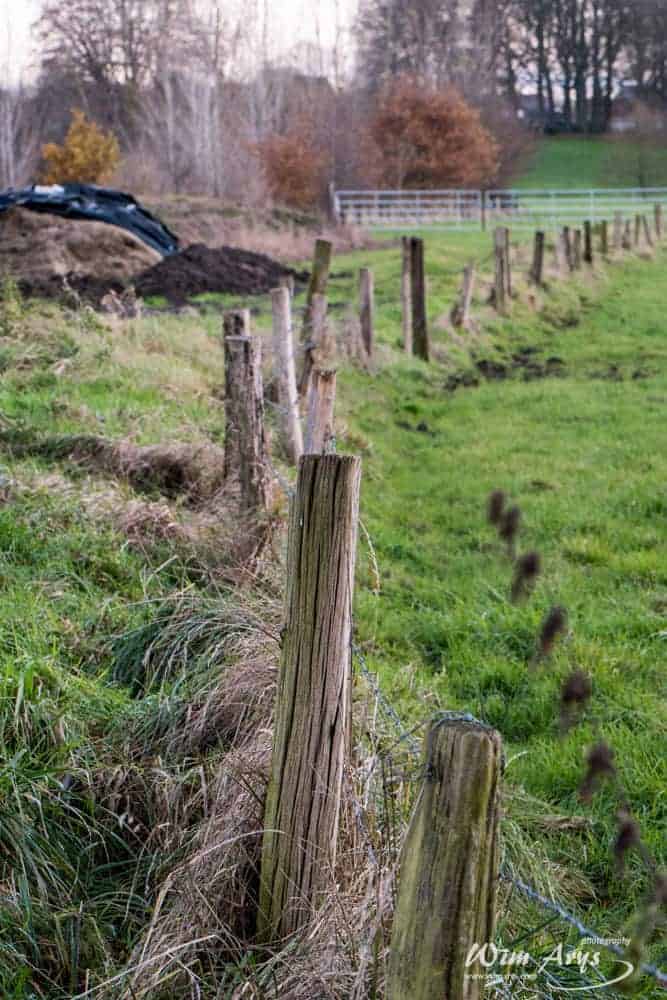
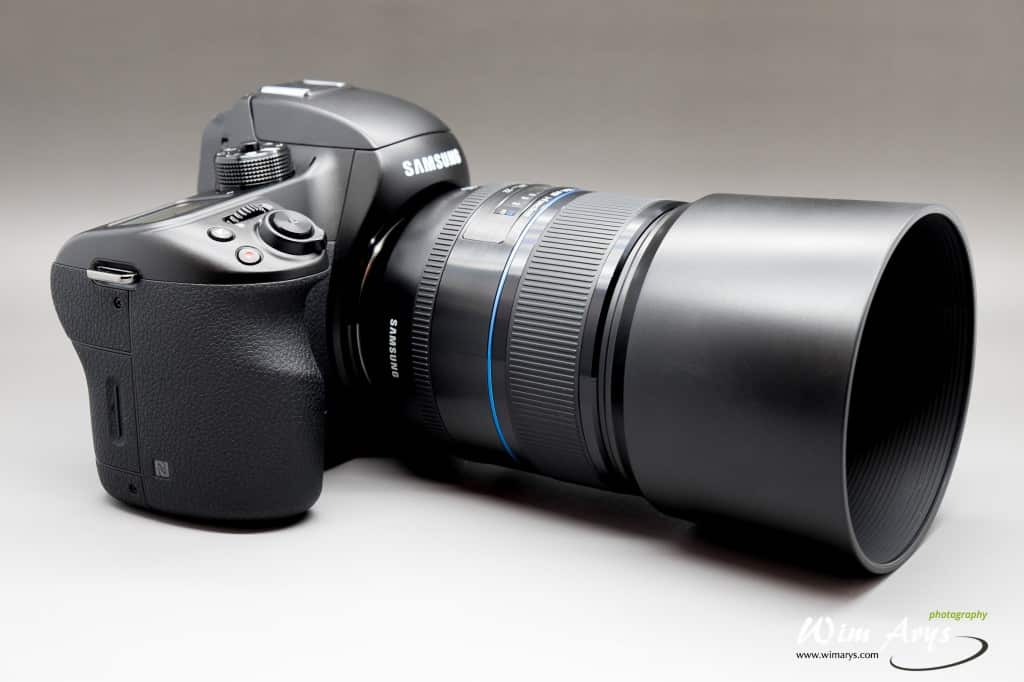

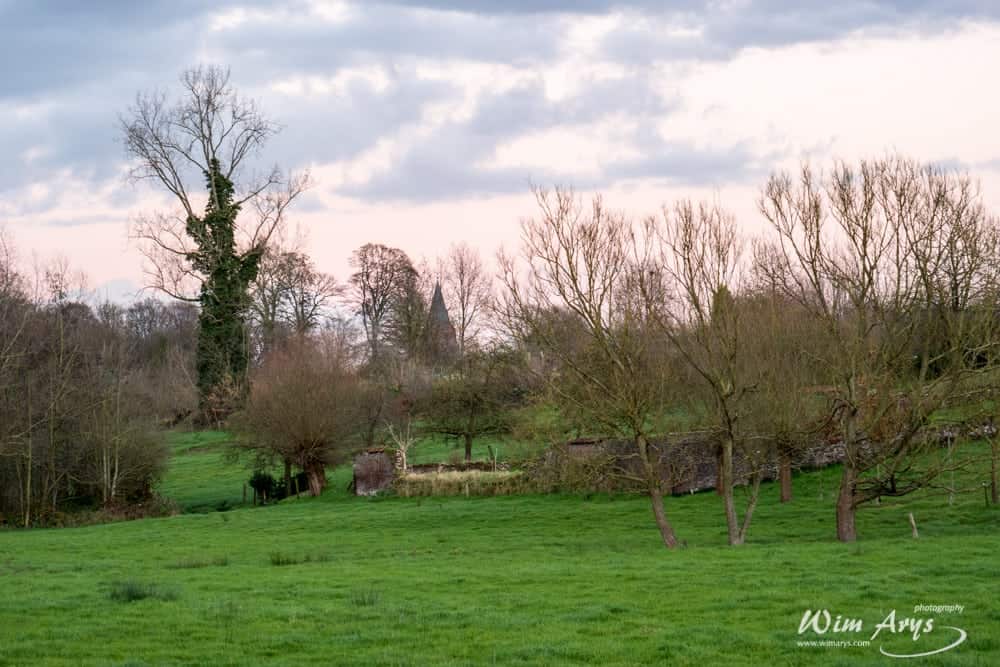
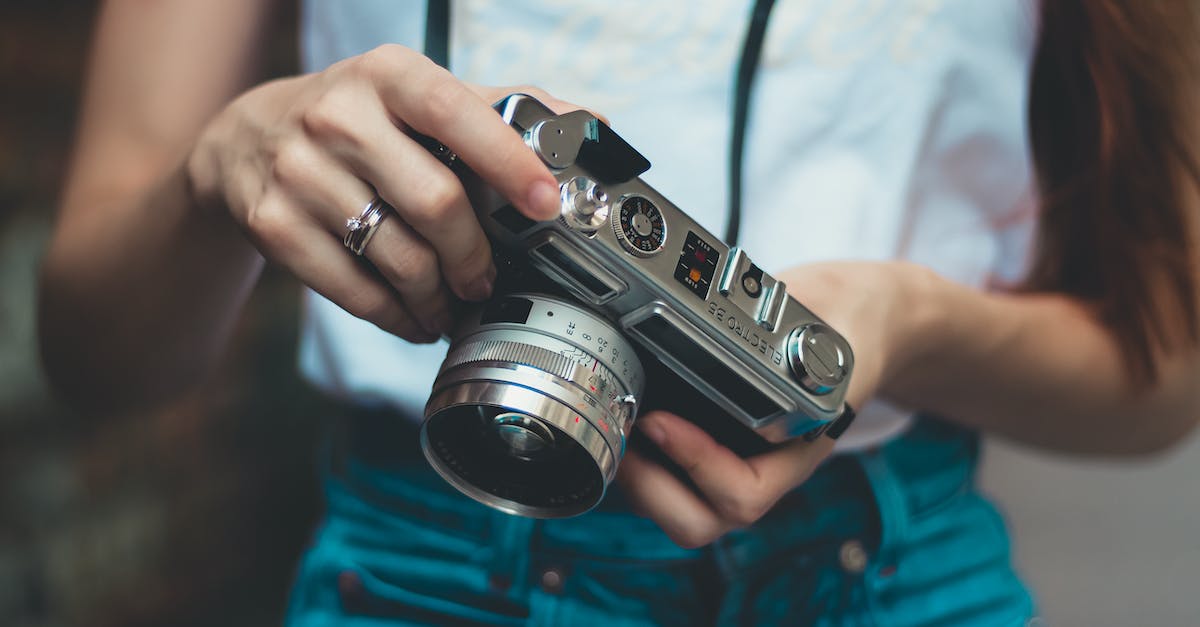
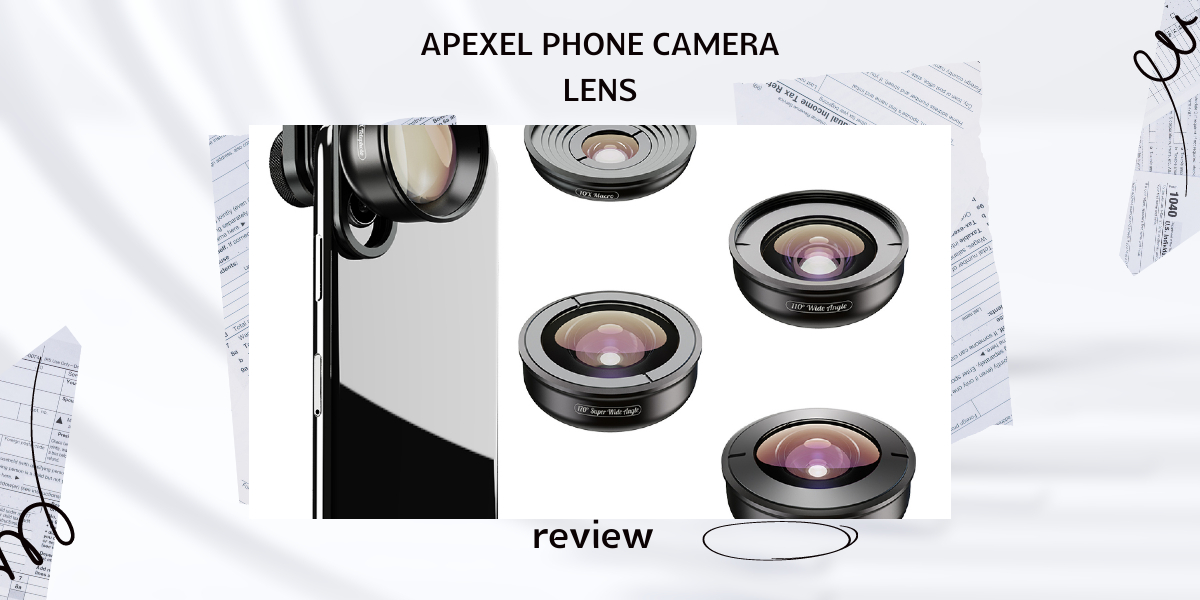
Hi,
Having Samsung NX 16-50mm f/2.0-2.8 lens, which lens would be better idea to have Samsung NX 85mm f/1.4 or Samsung NX 45mm f/1.8 as a prime lens?
Thank you,
Leszek
Hi Leslek, that depends somewhat on your needs and your budget. The NX85mm f/1.4 is a fantastic portrait lens, though a shorter focal lens like the 45mm might be more suitable for general, walk around use. What would be your main use?
Hello,
My main use would be for general, everyday use.
Leszek
Then I’d suggest starting with the 45mm, as it is 1/3 of the cost of the 85mm, and due to the shorter focal length should lend itself more to a wider range of subjects.
I think, this is what I will do. Thank you for your advice.
MERRY CHRISTMAS and HAPPY NEW YEAR!
Leszek
Hi Wim,
Thanks for reviewing NX lenses and those beautiful pictures. I was wondering if 85mm f1.4 is still a good one for portrait compared with 50-150mm f2.8. I already have 16-50 f2.8. Looking for a portrait lens but not if it’s similar to 50-150mm.
Best,
Krish
Hey Krish, well the Samsung NX 85mm f/1.4 is a ‘true’ portrait lens, meaning you can get the most separation between your subject and the background, no distortion. On the other hand, the NX 50-150 f/2.8 is built for the NX1, has stabilisation, auto-focusses better and is more flexible. I personally prefer a zoom for portraits, except for studio use because of that. You don’t need to get as close to your subject and easier to frame your shot without having to step forward/backward. Puts your model more at ease if you can work more quickly and from a bit further away. But you’ll never get the same type of images from a f/2.8 zoom than you’d get from a faster f/1.4.
Thanks Wim! I think I will get 85mm before buying the expensive 50-150mm.
I actually bought the 50-150 for a similar price as the list for the 85mm. But then again I’m always hunting for deals 🙂
Hi Wim,
Thanks for the review and other interesting articles at your site.
I bought a NX1 in April last year and are considering to extend the number of lenses while they are still available. I currently haven the S16-50mm OIS and the S50-150mm OIS lenses.
In your article you refer to ” this is one of the 3 or 4 lenses I would purchase”. What are the other lenses you consider valuable?
I am quite aware that Samsung decided to leave the camera business (indeed a shame and reason enough to stop buying Samsung ;-). However, changing camera systems, for example move to Sony, seems a big loss of money too. And with the camera is nothing wrong. What I do most is landscape, portraits and city photography and all at a hobby level too. Any thoughts from your site?
Many thanks in advance.
Hi Harry, the good thing is that you’ll still have years of fun with the NX1. The lenses I would buy are the NX 85mm, S16-50mm, S50-150mm and the 12-24mm. Best, Wim
Hi Wim,
Thanks, for your feedback. As I already have the S-lenses, think will indeed buy the 85mm and the 12-24mm. Will indeed be sufficient to have many year of fun to come!
Great Harry, I’m sure you will!